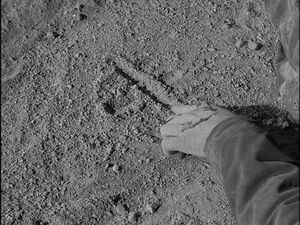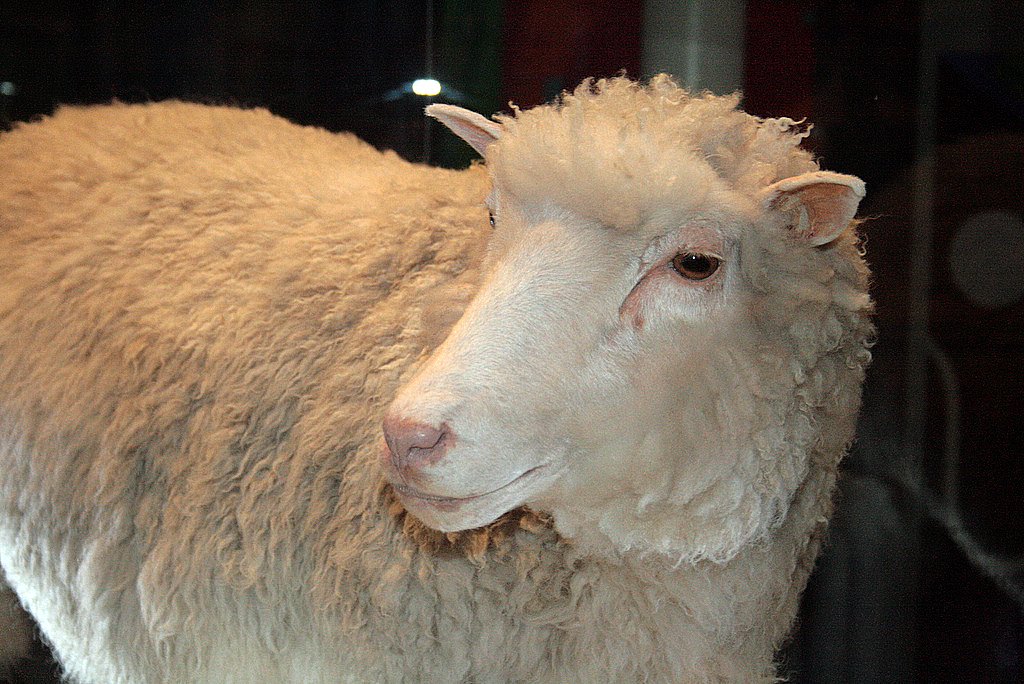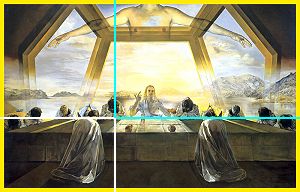To me, space contains infinite wonders and beauty. The moment when humans first pointed a telescope to the sky is as significant as the moment when humans first looked through a microscope. The space, just like the nano scale world, is a whole new frontier of human reality that both scientist and artists strive to understand and work with.
Humans are now closer to space than we ever were. The Falcon 9 rocket developed by spaceX can be launched into space and returning to earth, landing itself. It performed a successful landing on ground last December and it performed a successful landing onto a drone ship this April. The sight of a rocket slowly and steadily descending and landing itself is a sight that is probably beyond imagination years ago, yet it is possible now.
As we move further and further along space exploration, space has inspired a great number of artworks. There is even a specific genre of art called “Space Art” that strives to show the wonder of the universe. One of the pioneers of space art is Chesley Bonestell. He often painted artworks that accurately depicts alien places. His art could be categorized as descriptive realism and it opened people’s eyes to what the space could look like, while most people would never get a chance to see it for themselves. When most of space is dark, art gives space light and color, and prompt the public’s curiosity towards space exploration.
 |
| "Exploring Mars" by Chesley Bonestell |
Space has become a heated topic in popular art as well, especially in the film industry in recent years. Both the Star Trek and Star Wars franchise are continuing to be well received. Recent hits like “Gravity”, “Interstellar” and “Martian” all dealt with space travel. I have noticed an interesting phenomena amongst these artworks: a common theme in the artistic representations of space exploration seem to be fear. It is logical, since space is filled with darkness and unknown. David Bowie’s popular song “Space Oddity” is about a fictional astronaut “Major Tom” who experienced a spaceship malfunctioning. Another classic example is the episode “I Shot an Arrow into the Air” from the TV show “The Twilight Zone”. It tells the story of how orders break down between three crewmen who think their spaceship crashed on an unknown planet, but in fact they are still on earth.
 |
| Shots from the episode of Twilight Zone - "I Shot and Arrow into the Air" |
It is definitely worth contemplating the way art is depicting space exploration. Regardless, it is undeniable that we will continue to expand our knowledge about space, and with that, more artworks will appear.
Sources:
- "ABOUT CHESLEY BONESTELL." Bonestell - Home. N.p., n.d. Web. 24 July 2016. <http://www.bonestell.org/>
- "Falcon 9." SpaceX. N.p., n.d. Web. 24 July 2016. <http://www.spacex.com/falcon9>
- "I Shot an Arrow Into the Air." The Twilight Zone Wiki. N.p., n.d. Web. 24 July 2016. <http://twilightzone.wikia.com/wiki/I_Shot_an_Arrow_Into_the_Air>
- Vesna, Victoria. “Space Part 5" YouTube. YouTube, n.d. Web. <https://www.youtube.com/watch?v=WnSUHMXBmdg>
- Vesna, Victoria. “Space Part 6" YouTube. YouTube, n.d. Web. <https://www.youtube.com/watch?v=VYmOtFjIj0M>
Media
- Jonnydowe123. "SpaceX Falcon 9 - Successful Drone Ship Landing - 8th April 2016." YouTube. YouTube, 2016. Web. 24 July 2016. <https://www.youtube.com/watch?v=RPGUQySBikQ>
- “EXPLORING MARS." Bonestell - Home. N.p., n.d. Web. 24 July 2016. <http://www.bonestell.org/>
- "The Twilight Zone - I Shot an Arrow into the Air." IMDb. IMDb.com, n.d. Web. 24 July 2016. <http://www.imdb.com/title/tt0734575/>























